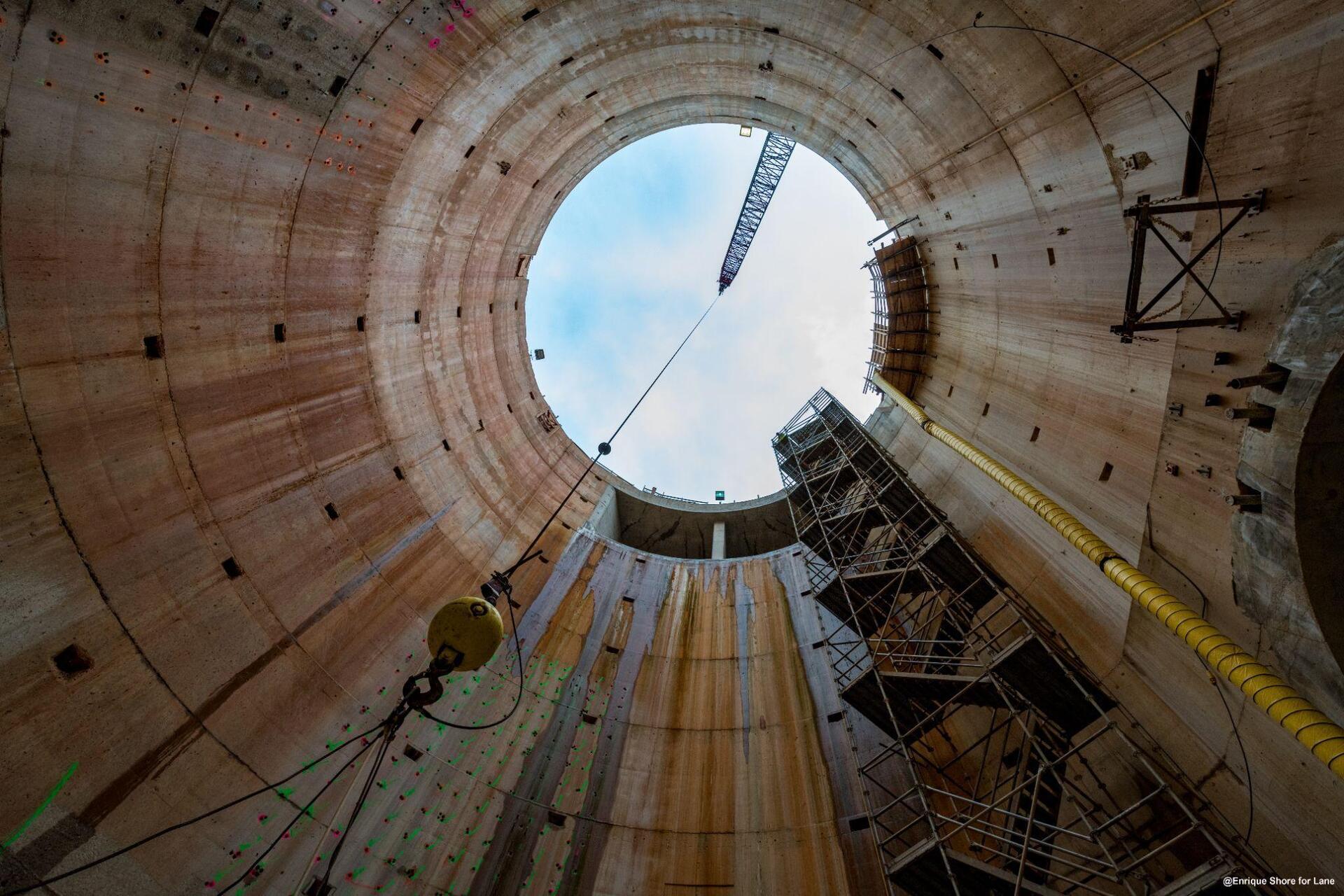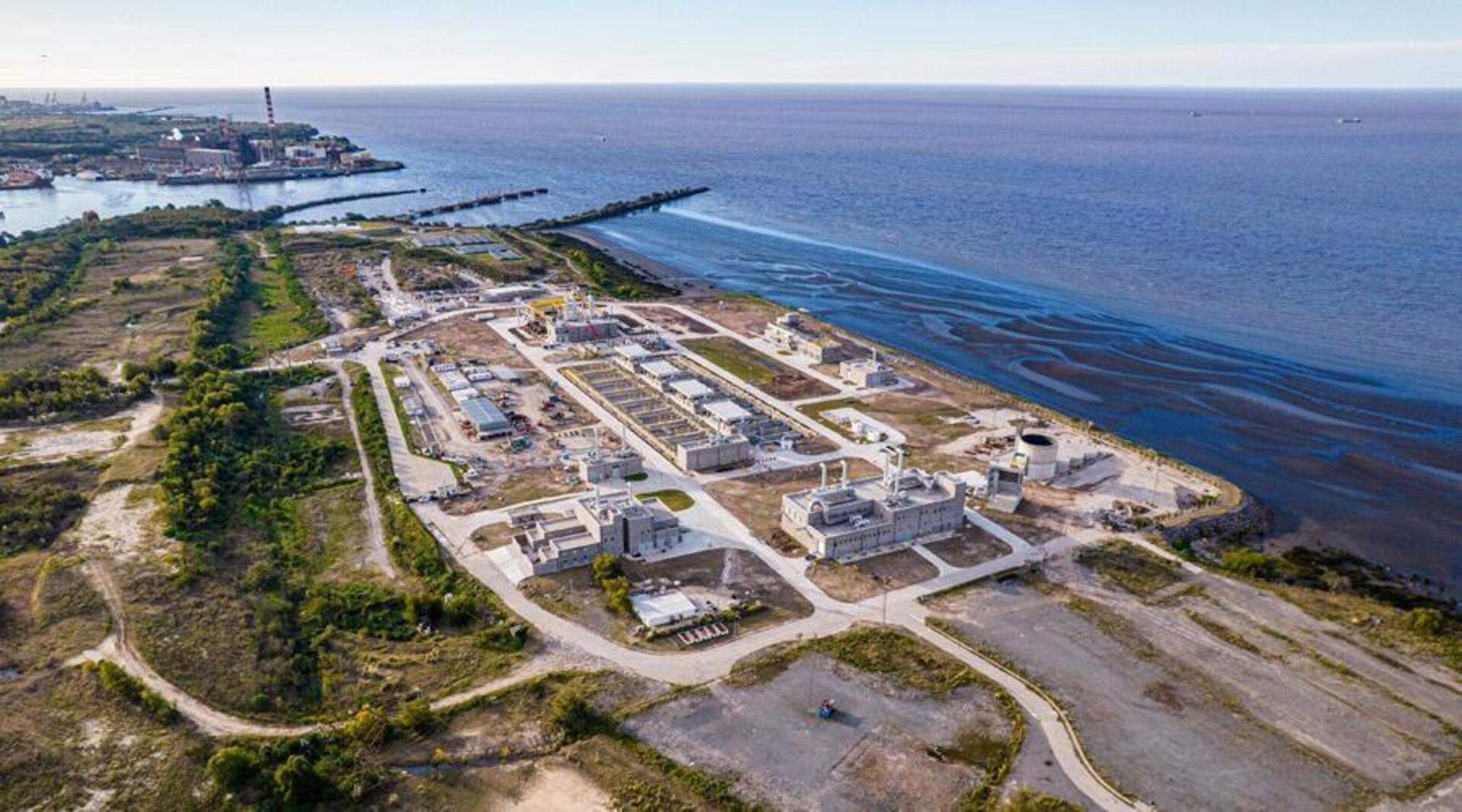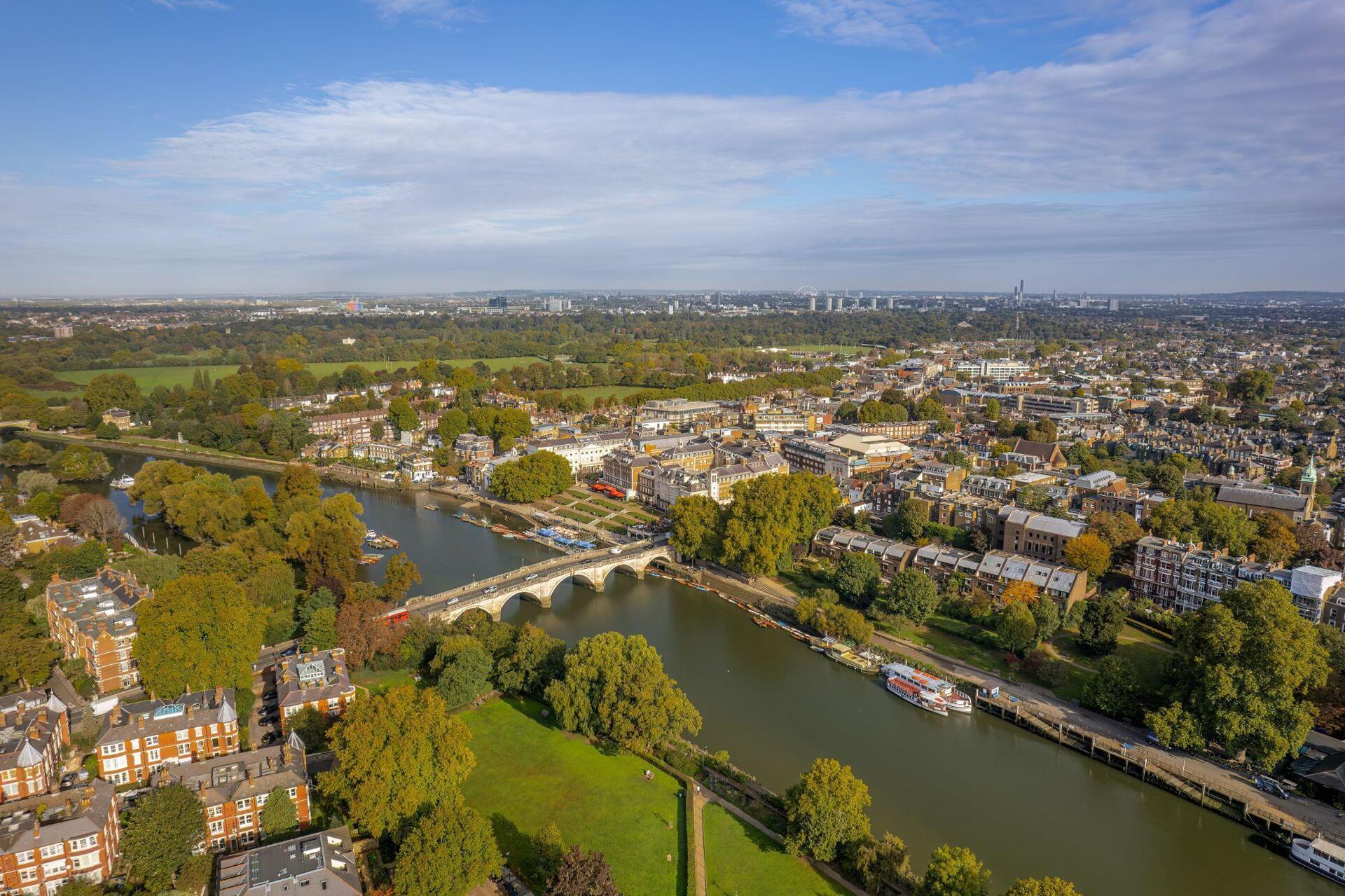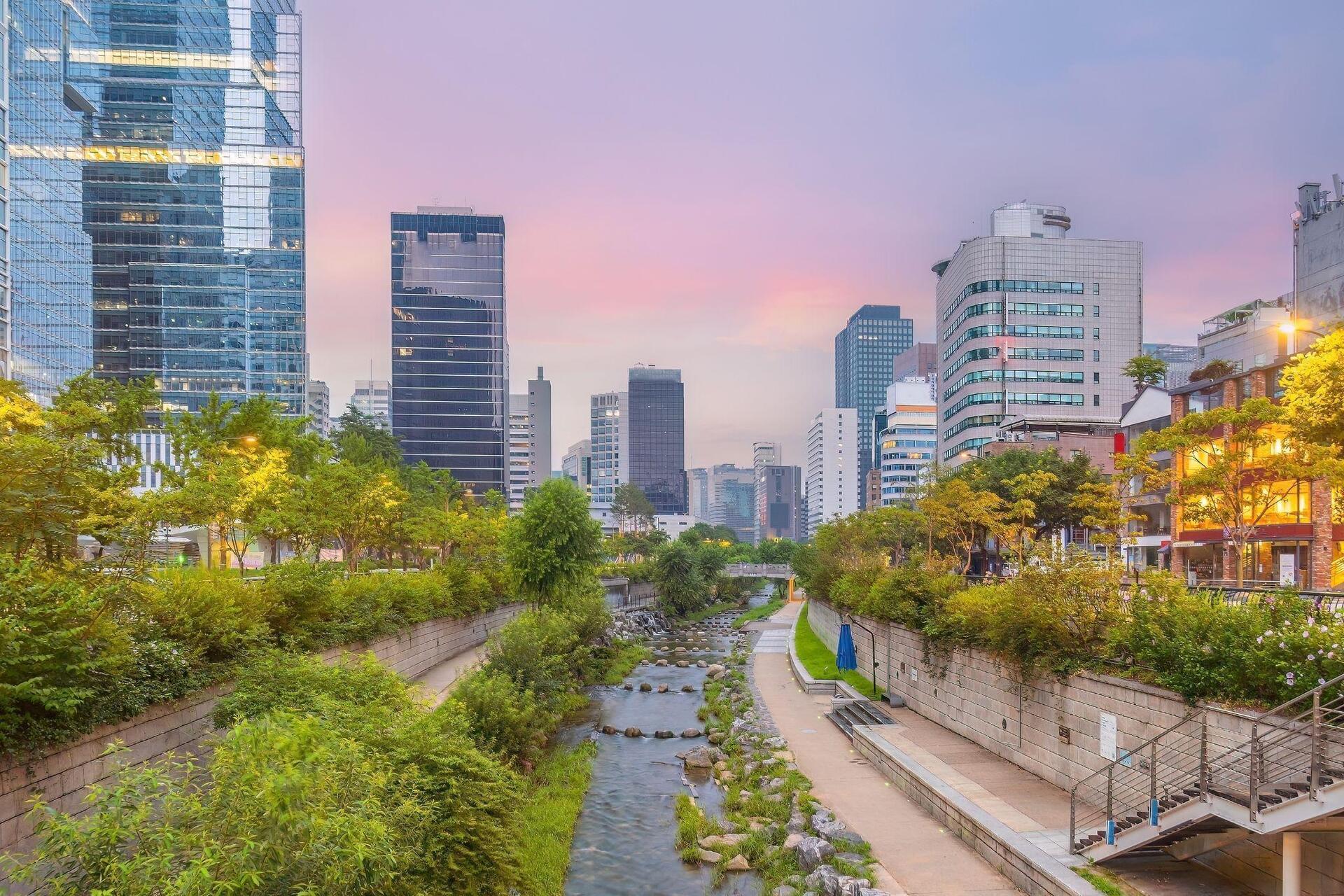Once written off as “dead” or hopelessly polluted, the Thames, the Anacostia, the Cheonggyecheon, and the Riachuelo rivers have staged remarkable comebacks. Each river has its own story—but they all share a common thread: resilience, innovation, and a bold vision for the future. These transformations didn’t happen by chance. They are the result of strategic infrastructure investments aimed not just at fixing problems, but at making cities healthier, more livable, and more sustainable.
In an increasingly urbanized world, these projects offer models worth replicating.
1. The Thames: From Lifeless to Biodiverse Thanks to Water Treatment
Back in the 1950s, the River Thames was declared “biologically dead”—no fish, no aquatic life, and a symbol of post-industrial environmental decline in the UK.
Fast forward to today, and the scene couldn’t be more different: over 125 species of fish now call the London river home, along with otters, waterbirds, and even seal colonies. Behind this turnaround is decades of investment in water treatment plants and, more recently, the massive Thames Tideway Tunnel, an underground super sewer designed to stop untreated wastewater from spilling into the river during heavy rainfall.
2. Anacostia River Tunnel: The Gallery that Saves the River from Sewage
Once one of the most polluted tributaries of the Potomac River, Washington, D.C.’s Anacostia River was plagued by sewage overflows, industrial waste, and stagnant water. Today, it’s the focus of one of America’s most ambitious river restoration efforts.
At the heart of this transformation is an underground network of tunnels capable of capturing and treating more than 100 million liters of wastewater each day.
Led by Webuild Group, the project is mostly invisible to the eye—but absolutely vital for restoring the river and reviving the ecosystem.

3. Cheonggyecheon Stream: From Highway to Iconic Seul River
Few would’ve believed it possible: buried beneath a major highway in downtown Seoul was a forgotten stream.
In the early 2000s, the city made a bold choice—tear down the overpass and bring the Cheonggyecheon strem back to life. Today, the 11-kilometer stretch is a green corridor of flowing water, parks, and pedestrian walkways, where once there were only traffic and smog.
The restored stream has become a global urban planning case study, helping to cool the city center and improve air quality. A win for the environment and city dwellers alike.
4. Riachuelo: The River That’s Changing Its Identity Thanks To Sustainable Infrastructure Investment
Long considered one of Latin America’s most contaminated rivers, Buenos Aires’ Riachuelo was infamous for water pollution, toxic waste, raw sewage, and legal battles. But now, thanks to an enormous infrastructure investment, the river is on a path to recovery.
At the heart of the effort is the Riachuelo System—an ambitious project involving key Italian expertise. Webuild and its subsidiary Fisia Italimpianti were responsible for two of the three main phases.
The first involved building major sewage collectors and the systems needed to capture wastewater and rain runoff. The second saw the creation of a state-of-the-art pre-treatment plant and a 12-kilometer tunnel, 40 meters underground, that carries treated water far out into the Río de la Plata.
Once a symbol of urban decay, the Riachuelo is now proof of what sustainable infrastructure and global collaboration can achieve for the cities of tomorrow.




